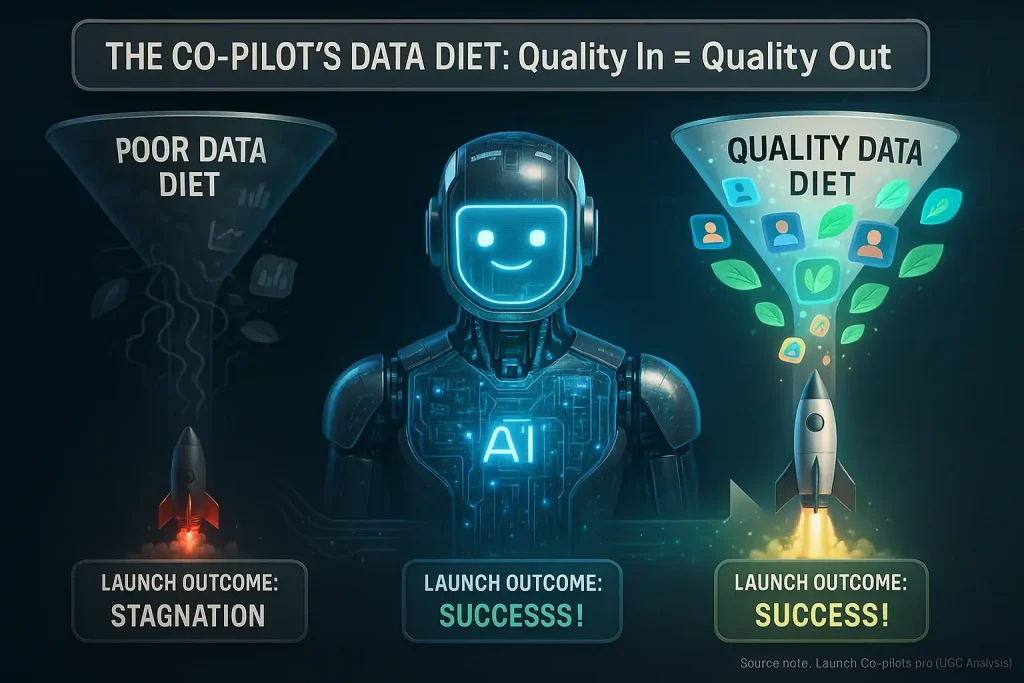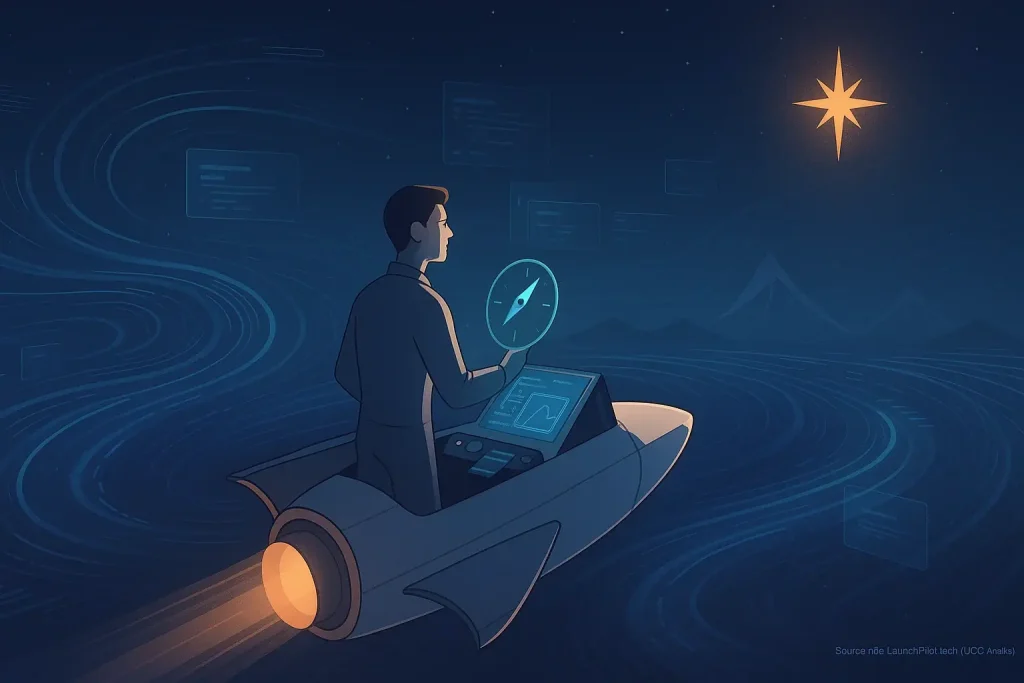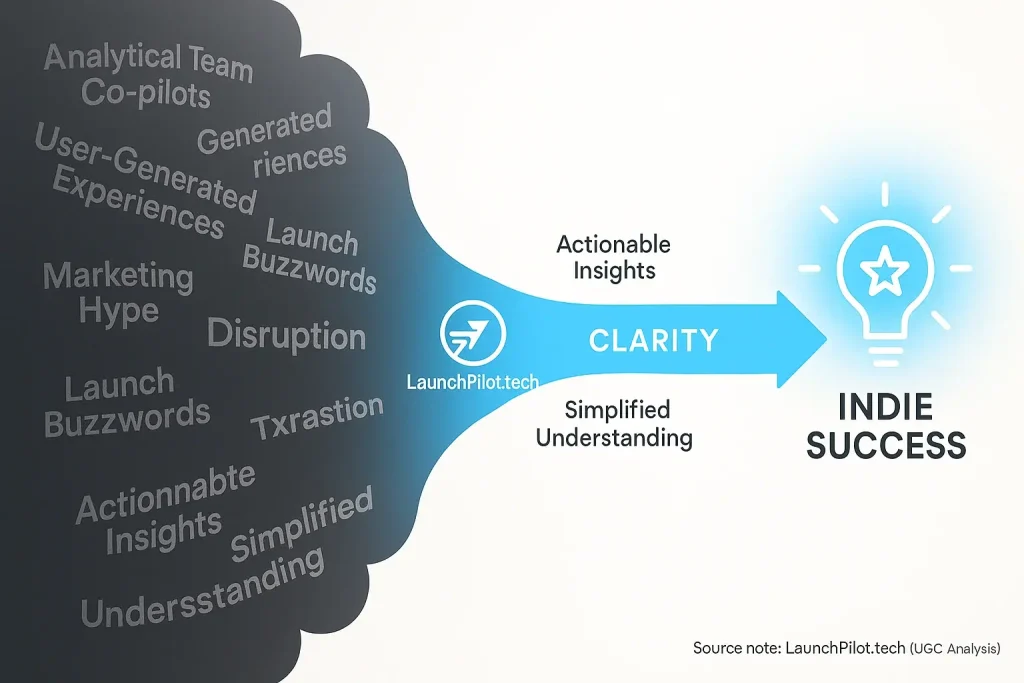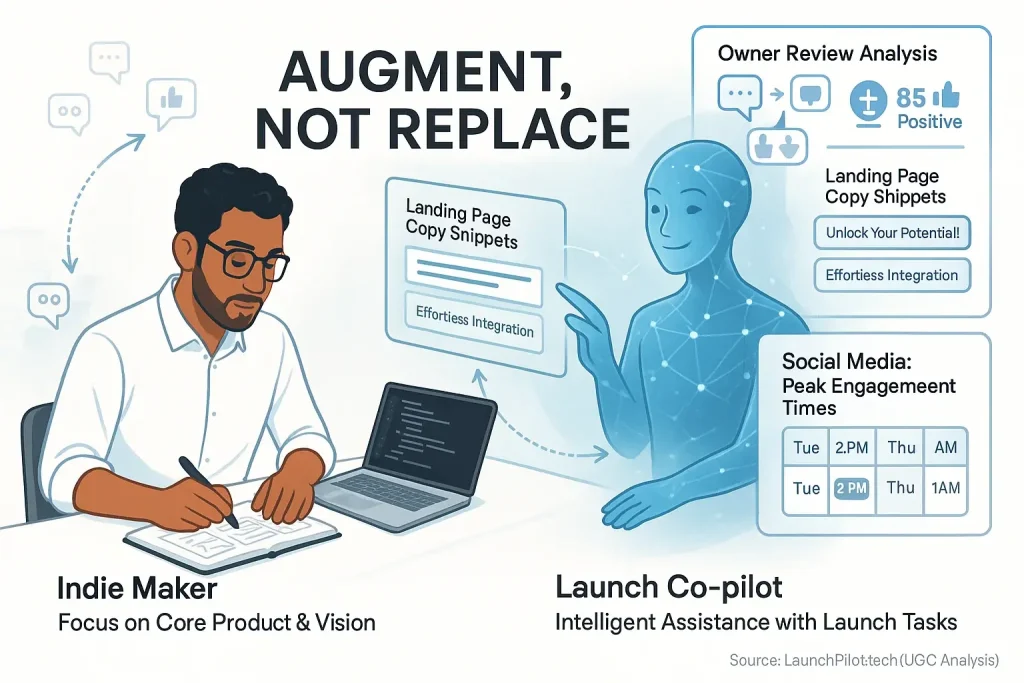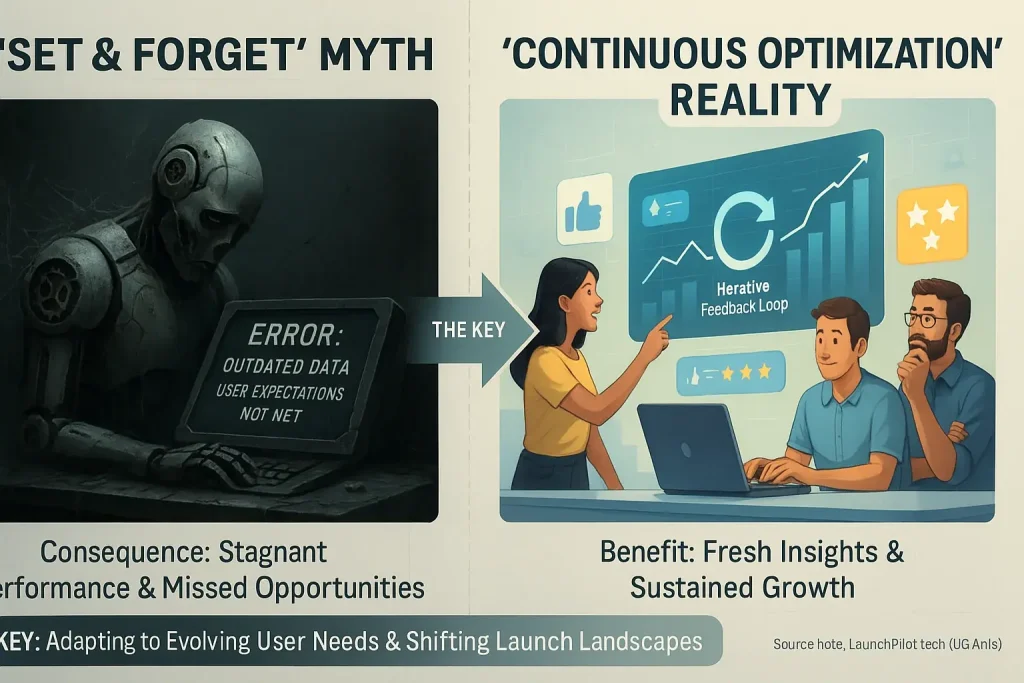The Silent Burnout: AI Tool Fatigue is Real (and It's Hitting Indie Makers Hard)
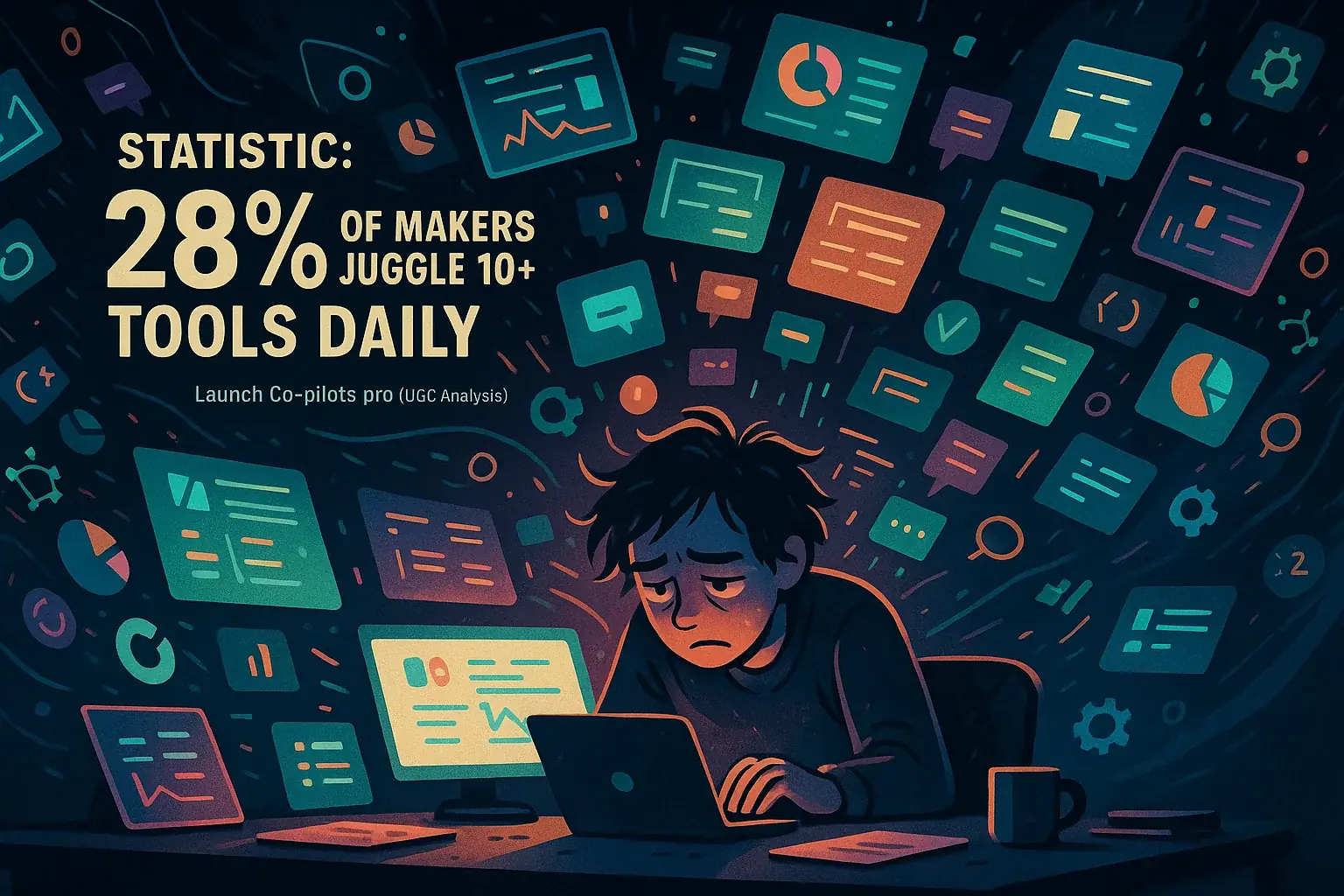
Remember when feedback analysis tools promised to free your precious time? For many indie makers, the reality delivers a new kind of overwhelm. User-generated insights offer immense power. Yet, the sheer volume of platforms, constant updates, and endless options can create silent burnout, hampering real progress. We see this pattern often.
This fatigue extends beyond just too many applications. It’s the cognitive load from constant learning and the paralysis of endless feature decisions that truly drains energy. Indie makers feel this acutely. Extensive user discussions describe juggling a complex, often frustrating, mix of numerous specialized platforms. This challenge is widespread, yet often unacknowledged.
This is not a personal failing. It's a systemic issue, born from the very promise of more digital efficiency, yet often leading to hidden costs in time and focus. Our synthesis of indie maker feedback highlights this growing, shared concern. This page offers practical strategies. All sourced from user experiences.
Symptoms of AI Tool Overload: Are You Experiencing the Indie Maker's New Burnout? (UGC Check-in)

Ever stare at your screen, paralyzed by choice? Wondering which user feedback tool to even start with for a simple task? Our analysis of indie maker discussions reveals this decision paralysis is a core symptom of tool overload. Constantly learning new interfaces also signals this growing fatigue. That 'shiny object syndrome,' often leading to relentless tool hopping, is another common indicator highlighted in community-reported experiences.
Many indie makers report a common frustration. They spend more time managing their array of feedback tools than building their product. Sound familiar? Another symptom, echoed throughout countless user discussions, is deep mental exhaustion. This often stems from the constant pace of software updates. One solopreneur described spending an entire morning learning a new tool interface, time stolen directly from product development – a story we see repeated often in the community.
Let's be absolutely clear. This isn't a personal failing. It's a genuine cognitive burden, a widespread issue reported by countless indie makers. Our analysis of user experiences confirms this. Recognizing these symptoms of tool overload is the crucial first step. This awareness empowers you to reclaim your focus and, more importantly, your creative energy.
Strategy 1: Simplifying Your AI Stack – The "Less is More" Approach (UGC-Proven Tips for Decluttering)
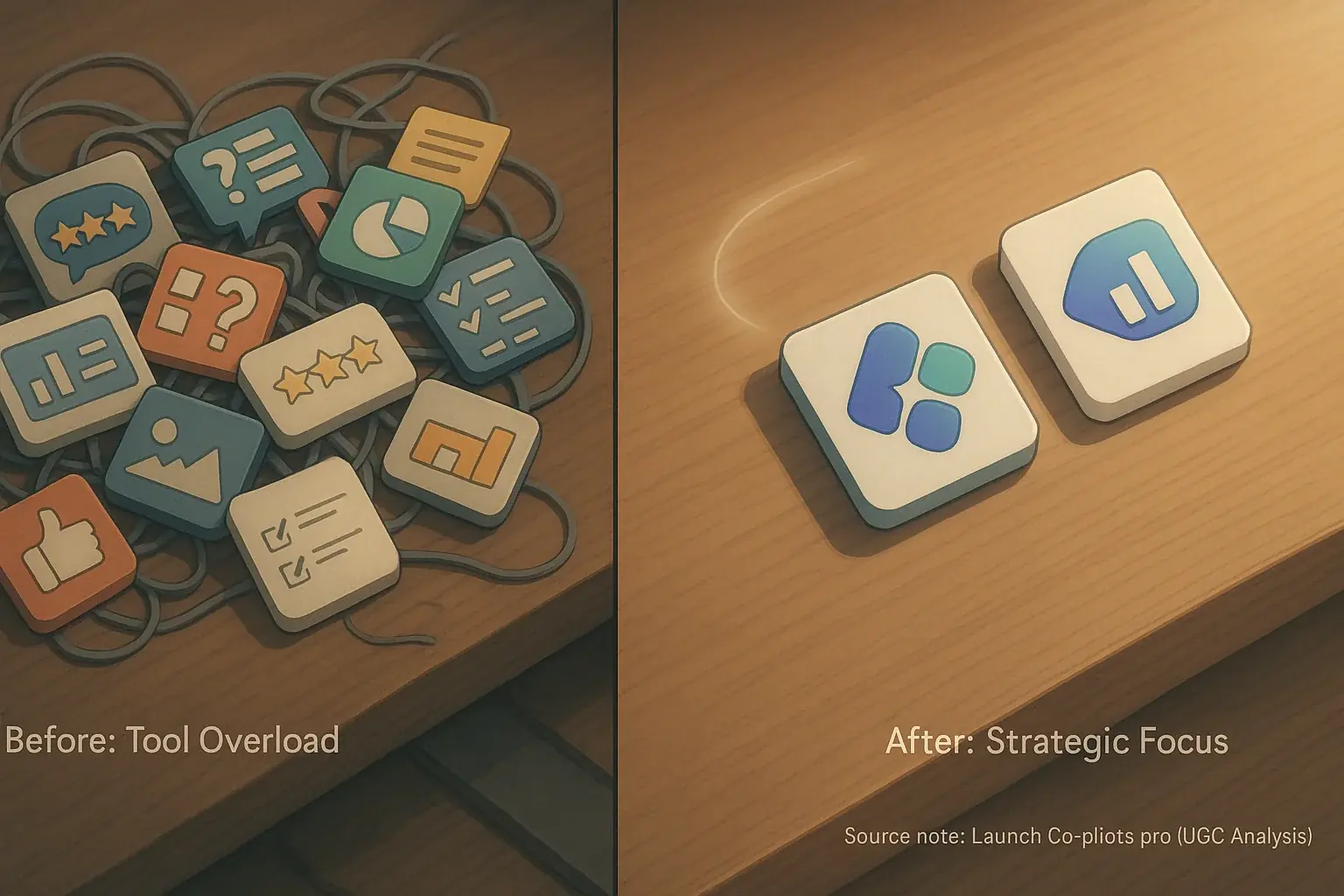
Fewer analysis tools can boost your productivity. This insight surprises many indie creators. Our examination of aggregated user experiences reveals a clear pattern. Strategic tool consolidation often trumps sheer quantity. It's about smart choices, not more software.
Many makers find real relief this way. First, pinpoint your absolutely essential feedback analysis tasks. Next, audit your current tools. Ruthlessly. Are there overlaps? Does that shiny new platform actually integrate smoothly with your established workflow? Collective wisdom from the indie launch community suggests if a tool doesn't serve a truly unique, high-impact purpose, it's often just digital weight. Prioritize versatile tools. One great system can often replace three mediocre ones, simplifying everything.
The real magic often happens unexpectedly. Indie makers frequently share a common discovery: mastering a few powerful analysis tools unlocks far greater efficiency than superficially dabbling in dozens. That deep understanding streamlines your process. Users consistently report profound relief. They gain clarity. Their digital workspace feels lighter, and focus sharpens dramatically after such decluttering.
Strategy 2: Focusing on High-Impact AI Tasks – Where Your Co-pilot Truly Shines (Indie Priorities from UGC)
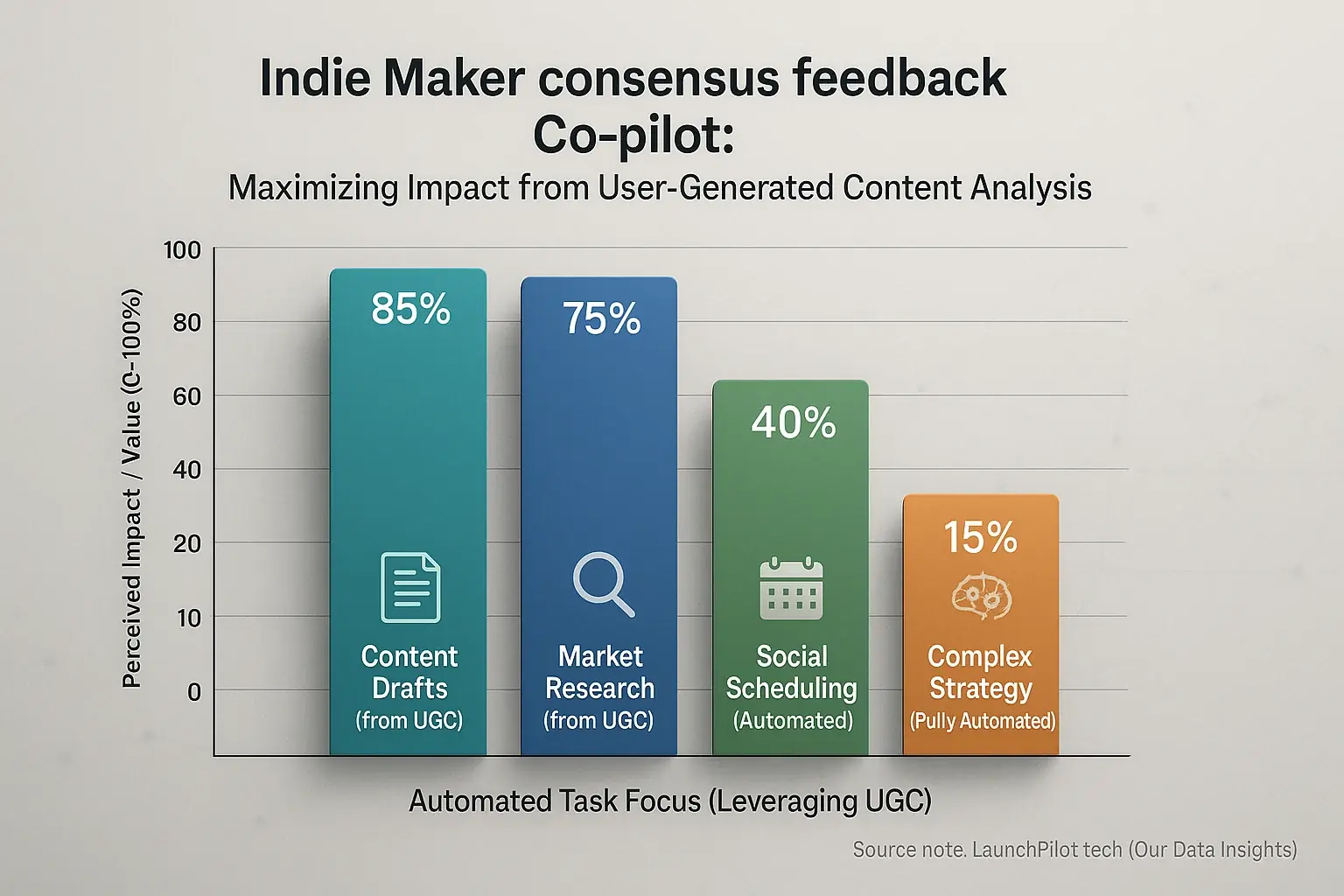
Not all automation efforts deliver equal results. Our deep dive into indie maker experiences reveals a clear 80/20 rule for community analysis co-pilots. Roughly twenty percent of potential co-pilot tasks generate eighty percent of the actual value. This insight is vital. Indie creators must prioritize effectively. Focus your co-pilot on where it truly accelerates your launch. Avoid tasks where it offers little genuine leverage.
So, which tasks offer this outsized impact? Indie makers consistently share stories of massive time savings. Co-pilots using feedback analysis excel at transforming raw community comments and reviews into initial content drafts. Imagine quickly generating emails or social media posts that directly address recent user discussions. Another sweet spot, echoed in countless forum threads, is rapid market understanding. Your co-pilot analyzes extensive user-generated feedback. It uncovers emerging trends and the exact language your audience uses. This vital research once consumed entire weeks.
But here’s a crucial insight from the collective indie experience. Not every task benefits from full automation. Your community analysis co-pilot can suggest brilliant strategies based on data. It might highlight critical community concerns. However, the final, nuanced decision-making power must remain yours. Your unique brand voice, your empathy, your strategic vision – these are irreplaceable human elements. Smart co-pilot prioritization frees you for this vital work. It lets you focus on what truly builds your venture.
Strategy 3: Batching AI Work & Setting Boundaries – Reclaiming Your Time and Sanity (Productivity Hacks from the Community)
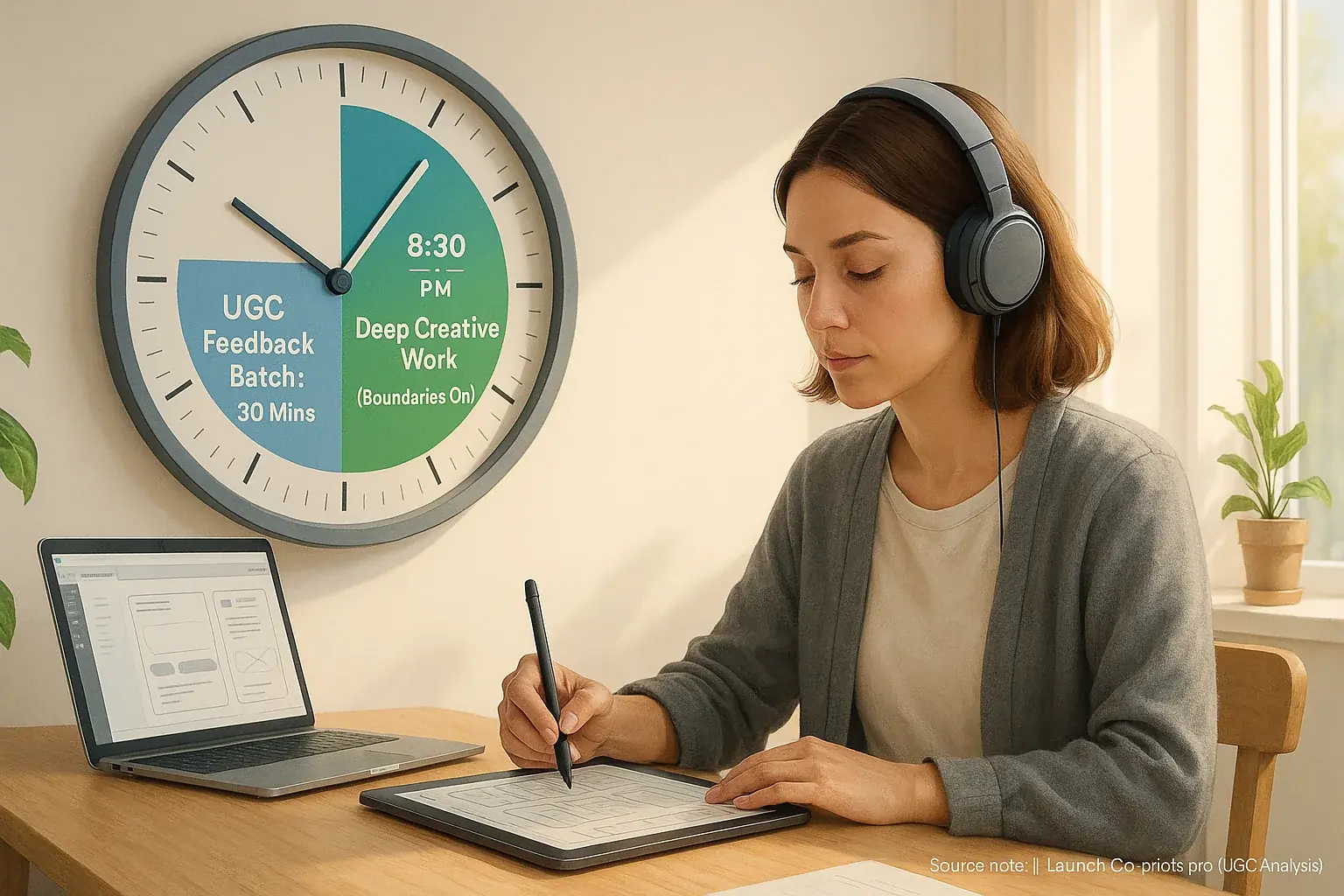
Think of your analytical experiences co-pilot like a potent, yet demanding, assistant. Constant interruptions? You wouldn't allow that for deep work. The same principle applies to user-generated feedback tools. Many indie makers discover scheduling dedicated 'feedback indicates work blocks' transforms their productivity. This batching of analytical process tasks prevents constant, draining context switching.
Practical boundary-setting offers significant gains. Numerous creators report immense relief. They establish clear 'community experiences-free' zones for vital creative or strategic thinking. One indie maker shared their breakthrough. Thirty minutes for consensus shows content generation each morning. Then, tools off. This simple routine dramatically cut mental clutter all day. This prevents your focus fracturing between human insights and tool outputs.
A key insight emerges from extensive user discussions. Sustainable use of these powerful owner team tools isn't just about what you automate. When and how you engage are critical. The real goal? Preserve your precious mental energy. This energy fuels the truly human parts of your launch. These boundaries, makers confirm, reclaim vital time. They also boost your sanity. Plain truth.
Beyond the Tools: Mental Health & AI – The Indie Maker's Well-being Check (A Crucial Conversation)
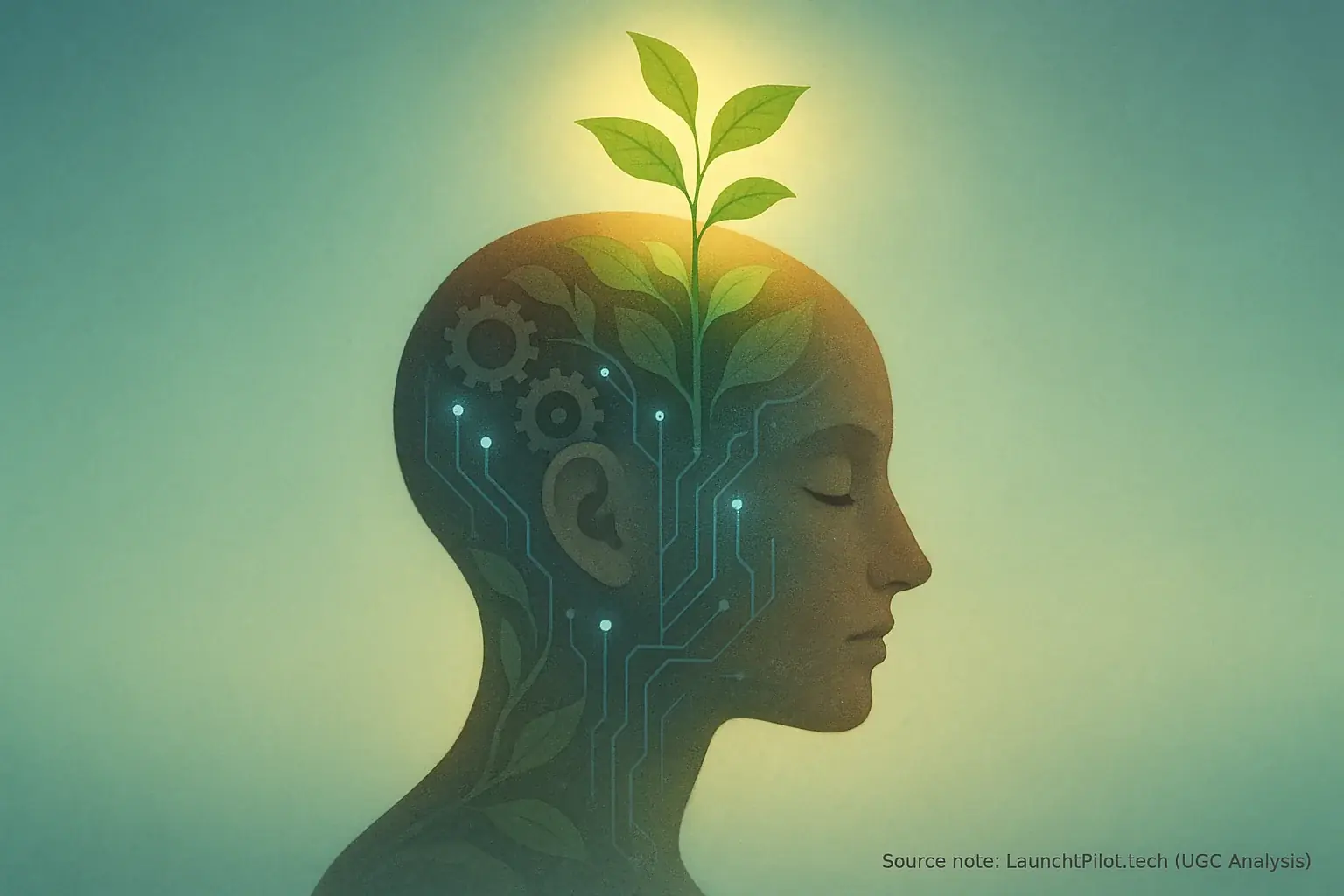
At the end of the day, user indicates tools are meant to serve you, not stress you out. If feedback analysis automation drains your mental battery, a crucial check-in is necessary. Your well-being, our aggregated user experiences consistently show, is as vital as any launch strategy. Truly vital.
Many indie makers, caught in the endless cycle of new tools and chasing automation, report feelings of isolation. A loss of joy in their creative process often follows. Collective wisdom from the indie launch community highlights stories where stepping away helped. Taking real breaks, engaging in physical activity, and connecting with other humans reignited their spark. Recognizing these burnout signs, beyond just tool frustration, is key.
Your most powerful asset as an indie maker is not your newest user-generated analysis tool; it is your own well-being and creative energy. Protecting that vital resource is the ultimate long-term launch strategy. Celebrating small victories, many successful indies share, fuels this protection. So, cultivate a balanced view of technology. Prioritize your self-care, always.
